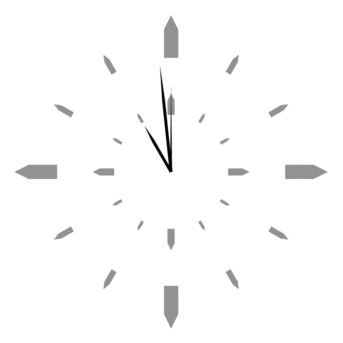-
Recently Browsing 0 members
- No registered users viewing this page.
-
Similar Content
-
- 9 replies
- 546 views
-
- 4 replies
- 1,246 views
-
- 8 replies
- 161,067 views
-
Error when run as a admin, Error on a line of code that does not exist (Error: Variable must be of type "Object") - (Moved)
By Garcia,
- 4 replies
- 545 views
-
- 4 replies
- 750 views
-





Recommended Posts
Create an account or sign in to comment
You need to be a member in order to leave a comment
Create an account
Sign up for a new account in our community. It's easy!
Register a new accountSign in
Already have an account? Sign in here.
Sign In Now